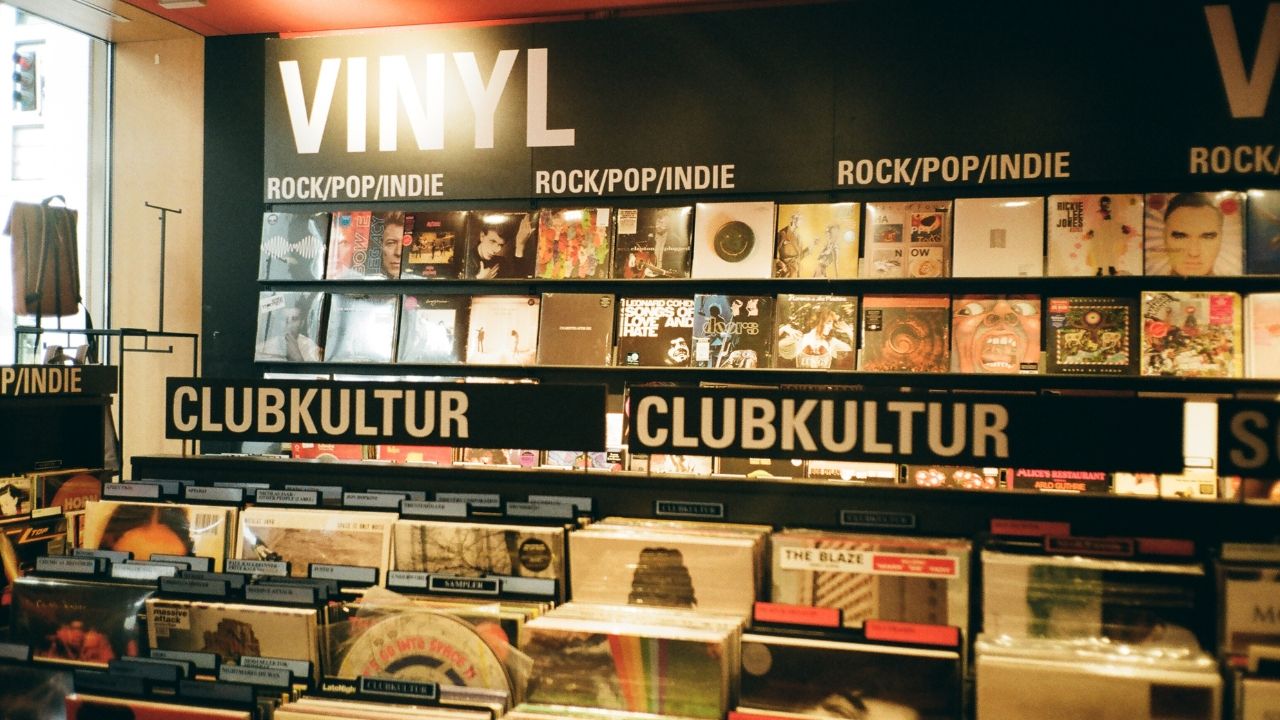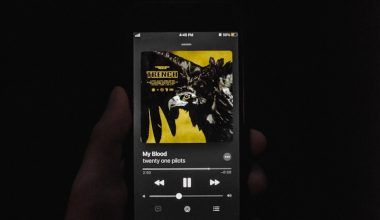Album drawing is more than just art; it’s the visual identity of music. An album’s cover design can convey the mood, genre, and story behind the music. Whether you’re a professional designer, an independent artist, or simply a music enthusiast, understanding the importance of album drawing can help you appreciate its impact.
In this guide, we’ll dive into everything about album drawing—its history, importance, techniques, and tools. You’ll also discover how to create captivating designs that resonate with audiences.
Why Album Drawing Matters
Album drawing is the first thing people see before they hear the music. A well-crafted design can:
- Capture Attention: A striking cover stands out on shelves and streaming platforms.
- Communicate the Theme: Visuals set the tone for the album’s content.
- Enhance Branding: For artists, consistent design builds recognition.
- Create an Emotional Connection: Fans often associate artwork with their favorite songs.
Understanding the significance of album drawing ensures your visuals align with the music’s essence.
A Brief History of Album Drawing
Album art has evolved over the decades, reflecting cultural and technological changes:
- 1950s – Simplicity: Early vinyl records featured minimalist designs, often with bold typography.
- 1960s – Psychedelia: Vibrant colors and experimental illustrations dominated.
- 1970s – Photography: Realistic images and band photos became popular.
- 1980s – Digital Revolution: The rise of computer-generated graphics transformed album drawing.
- 2000s and Beyond – Streaming Era: Album art adapted to smaller digital formats while maintaining its creative appeal.
Each era brought unique trends, influencing how artists approach album drawing today.
How to Create Stunning Album Drawings
Creating compelling album drawings requires creativity and strategy. Follow these steps:
- Understand the Music: Listen to the album and identify its themes and emotions.
- Sketch Ideas: Start with rough sketches to brainstorm concepts.
- Choose a Color Palette: Select colors that match the mood of the music.
- Incorporate Typography: Ensure the album title and artist name are legible and stylish.
- Balance Visuals: Avoid overcrowding the design; simplicity often has more impact.
- Use High-Quality Images: For photo-based covers, invest in professional photography.
By focusing on these steps, you can create album drawings that resonate with both the artist and the audience.
Tools for Album Drawing
To bring your vision to life, you’ll need the right tools. Here are some popular options:
- Adobe Photoshop: Perfect for photo editing and graphic design.
- Procreate: A favorite for illustrators working on tablets.
- Canva: Ideal for beginners with its user-friendly interface.
- CorelDRAW: Offers advanced vector graphic capabilities.
- Pen and Paper: Traditional tools for initial sketches and concepts.
Using these tools ensures your album drawings are polished and professional.
Tips for Effective Album Drawing
- Stay True to the Music: Let the music guide your design choices.
- Consider the Audience: Think about what appeals to the target listeners.
- Experiment with Styles: Don’t hesitate to try different artistic approaches.
- Seek Feedback: Show your work to others and incorporate their suggestions.
- Pay Attention to Detail: Small elements, like textures or gradients, can elevate your design.
These tips will help you create album drawings that stand out in the competitive music industry.
Trends in Album Drawing
The world of album drawing is constantly evolving. Here are some current trends:
- Minimalism: Clean, simple designs that focus on bold visuals.
- Retro Aesthetics: Vintage-inspired artwork that evokes nostalgia.
- Hand-Drawn Illustrations: Unique, personal designs with a handcrafted feel.
- Abstract Art: Experimental shapes and colors that spark curiosity.
- AI-Generated Art: Cutting-edge technology creating futuristic designs.
Staying updated with trends ensures your album drawing remains relevant and appealing.
Challenges in Album Drawing
While album drawing is rewarding, it comes with challenges:
- Balancing Creativity and Clarity: Designs should be artistic yet easy to understand.
- Adapting to Digital Formats: Album art must look good on both large prints and small screens.
- Meeting Deadlines: Tight schedules can limit creativity.
- Copyright Issues: Avoid using unlicensed images or elements.
- Client Expectations: Collaborating with artists requires understanding their vision.
Overcoming these challenges requires patience, skill, and effective communication.
Examples of Iconic Album Drawings
- The Beatles – Sgt. Pepper’s Lonely Hearts Club Band: A colorful, intricate collage of cultural icons.
- Pink Floyd – The Dark Side of the Moon: A simple yet powerful prism design.
- Nirvana – Nevermind: A provocative underwater photo of a baby chasing a dollar bill.
- Kanye West – My Beautiful Dark Twisted Fantasy: A mix of bold colors and abstract elements.
- Billie Eilish – When We All Fall Asleep, Where Do We Go?: A haunting image of Billie with glowing eyes.
These examples show how album drawing can become an iconic part of music history.
The Future of Album Drawing
As technology advances, the possibilities for album drawing continue to grow. Here’s what the future holds:
- Interactive Artwork: Album covers that change or animate with digital interactions.
- Augmented Reality (AR): Designs that come to life through AR apps.
- Sustainability: Eco-friendly printing methods for physical album art.
- AI Collaboration: Using artificial intelligence to assist in design creation.
The future of album drawing is exciting, blending tradition with innovation.
Conclusion:
Album drawing is more than just decoration—it’s a vital part of how music connects with its audience. Whether you’re an artist designing your own cover or a fan appreciating the visuals, album drawing enriches the musical experience.
Related Articles:
For further reading, explore these related articles:
- Understanding the Meaning of Album: Detailed Guide
- How to Make an Album in Instagram: Easy Guide to Share Posts
For additional resources on music marketing and distribution, visit Deliver My Tune.




